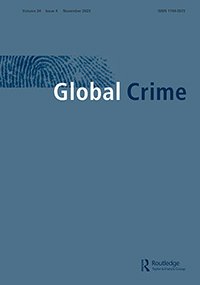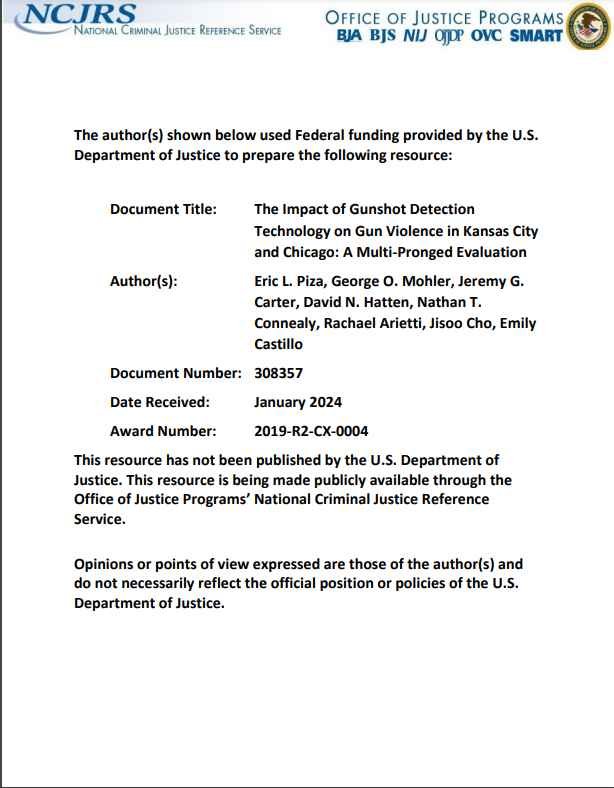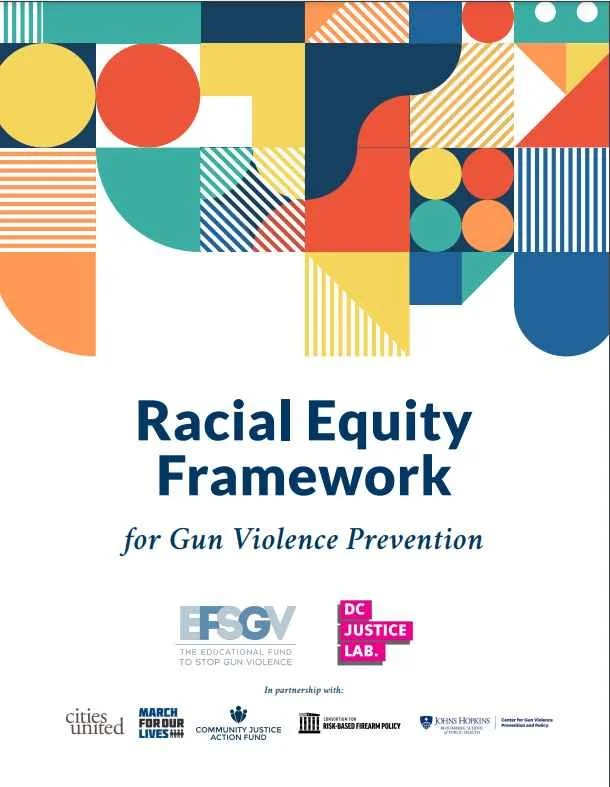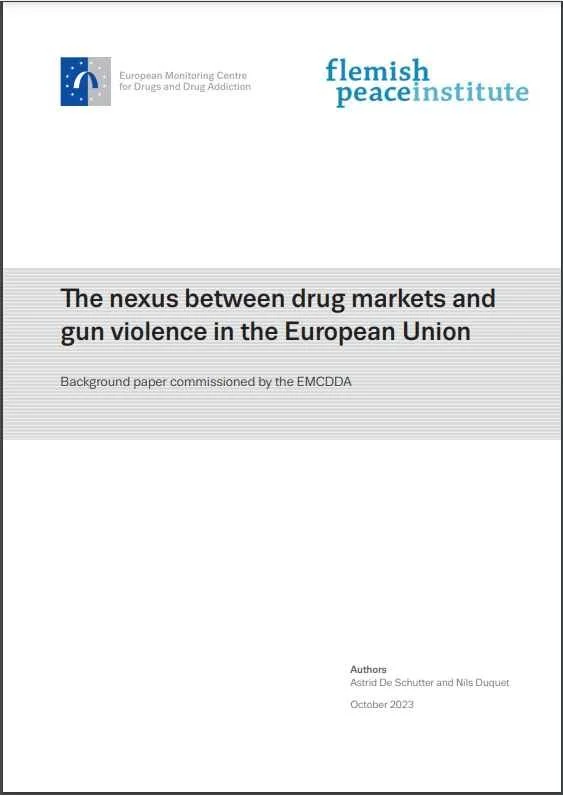By The National Institute for Criminal Justice Reform
In 2021, gun violence killed 20,984 people in the United States, more than any single year in the preceding two decades.1 Daily shootings in communities across the country are the most common form of gun violence. On average, 14,062 people are murdered every year by someone using a gun.2 Gun violence is disproportionately concentrated in urban centers, usually in underserved communities of color. Of the more than 13,000 firearm related homicide victims in the US in 2020, 55.8% were Black men.3 Although Black men and boys between the ages 15 and 34 make up just 2% of the nation’s population, they accounted for 37% of gun homicide victims in 2019,4 making homicide the leading cause of death for Black males in this age range.5 According to the American Journal of Medicine, US residents are 25 times more likely to be killed from gun violence than the citizens of any other developed country.6 In addition to its human toll, gun violence imposes a substantial economic cost on society. Direct costs include law enforcement and the criminal justice system, hospital and rehabilitation, incarceration, and victim support. Indirect costs include lost tax revenue, lost business opportunities, reduced property values, and neighborhood population decline and destabilization. When someone is shot, there is an immediate, multifaceted response from an array of government agencies. The fire department dispatches emergency medical technicians (EMTs), government-contracted ambulances respond, and several police department units as well as staff from a city’s office of violence prevention or contracted outreach workers descend on the scene. Investigators from the district attorney’s office also often arrive, and if the victim is declared dead on the scene, the coroner is called. And this is only the immediate aftermath of the shooting. Costs accumulate for many months, even years following a shooting. For surviving victims this includes hospitalization and, in the case of serious injury, rehabilitation–both of which are often paid for by tax dollars. This also includes victim compensation and a protracted investigation by the police department and prosecutors. When there are multiple victims and/ or multiple suspects, the cost of a single shooting incident will increase accordingly.
NICJR has calculated the costs of shootings in numerous cities across the country, deliberately using conservative estimates and only counting documentable direct costs.7 Using these studies as a starting point, this report aggregates the city-specific data and combines it with other data sources to model the direct unit costs and the direct average costs of gun violence nationwide.8 Unit costs reflect all of the potential costs of a single incident of gun violence, while average costs take into account the fact that certain costs are not incurred for every incident. For example, this report estimates the costs that gun violence imposes on the courts, district attorney, and public defender when a suspect is charged and goes to trial. However, because many incidents of gun violence do not result in prosecution or a trial, these estimates, or unit costs, are deflated to calculate the average cost per shooting
NICJR calculates that the unit cost of a single gun-related homicide is just over $1.2 million, while the average cost, or the cost per homicide, is approximately $625,000. This means that, on average, the total direct cost of gun-related homicides in the United States is more than $8.7 billion each year. For non-fatal injury shootings, NICJR calculates the unit cost at almost $700,000, with an average per-shooting cost of about $337,000, for an annual total of $11.7 billion.9 Combined, the total cost of gun homicides and non-fatal shootings is over $20 billion per year. If indirect expenses were included, the total cost of shootings would be much higher.
National Institute for Criminal Justice Reform, 19p.
























